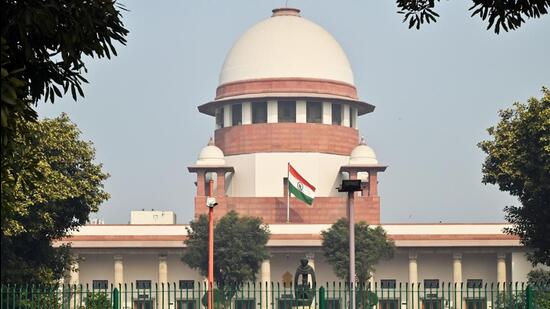In a significant move towards transparency, the Supreme Court of India has made public detailed data on high court judicial appointments recommended by its collegium between November 9, 2022, and May 5, 2025. The information was released just days before Chief Justice of India (CJI) Sanjiv Khanna is set to retire on May 14.
The data, uploaded on the Supreme Court’s official website, reveals that of the 406 candidates recommended for appointment as high court judges during this period, the government approved 221 names, while the remaining either continue to await a decision or were outright rejected.
Crucially, the disclosures highlight gaps in social representation within the judiciary. Of the 406 recommended candidates:
-
Only 34 were women
-
8 belonged to Scheduled Castes (SC)
-
7 were from Scheduled Tribes (ST)
-
32 were from Other Backward Classes (OBC)
-
14 were related to sitting or retired judges
From November 2022 to November 2024, the collegium proposed 170 names, out of which 17 recommendations are still pending with the Union government. In the following period under CJI Khanna’s leadership, from November 2024 to May 2025, the collegium recommended another 51 names. Of these, 12 still await the government’s nod.
Interestingly, during CJI Khanna’s tenure, the collegium reflected greater social inclusion:
-
11 candidates were from OBC communities
-
2 from STs
-
1 from SC
-
8 belonged to minority communities
-
6 were women
-
2 had judicial lineage
The Supreme Court has not just revealed names and demographics but also offered a rare insight into the judicial appointment process. It detailed the roles played by high court collegiums, state governments, and the Union government in vetting and approving appointments. For the first time, a version of the Memorandum of Procedure (MoP), which governs the appointment process, has also been uploaded for public reference.
This step toward transparency comes amid ongoing debate over judicial accountability and demands for reform in the collegium system. It also appears to be a part of a broader institutional effort to clarify the decision-making trail behind judicial appointments — a process that has frequently drawn scrutiny and political pushback.
Separately, a major national development has added a fresh layer of concern over the integrity of judicial and military systems. According to a report by The Times of India, the Indian government has scrapped three contracts for the procurement of 400 logistics drones for the Army. This move follows reports of hacking incidents involving drones equipped with Chinese parts near international borders.
The government crackdown has specifically targeted private domestic firms supplying such drones to the armed forces. A senior defence source told TOI that a “stringent mechanism” is being established to ensure no Chinese components or embedded electronic codes are present in any military drone used by Indian forces.
This decisive action underscores rising national security concerns over Chinese technology and its infiltration into critical infrastructure, including defence and judicial domains. It also aligns with broader efforts to reduce dependency on foreign — particularly Chinese — components in sensitive sectors.
As these two major disclosures unfold — judicial transparency and military tech scrutiny — they raise critical questions about the integrity of Indian institutions and the risks posed by foreign influence.
Final Question:
As India opens up its judicial processes and cracks down on foreign tech in its defence sector, can the nation build robust, transparent systems that are secure from both internal bias and external threats?


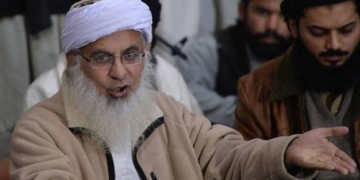
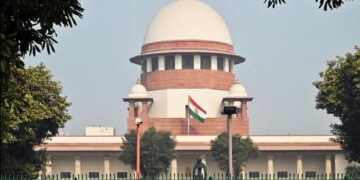
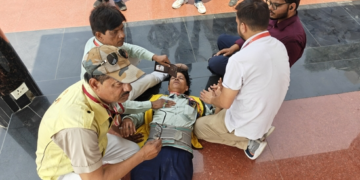


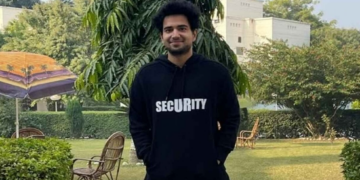
 India
India
